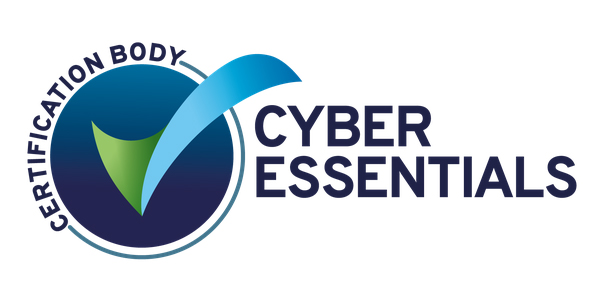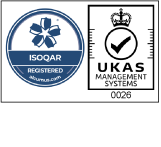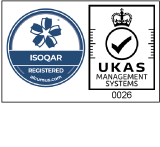Last year, Microsoft reminded customers that it would retire support services for Windows Server 2012 and Windows Server 2012 R2 on 10 October 2023.
Window Server 2012 is an all-in-one server and data centre platform, and the R2 product is an enhanced version of the original operating system. These applications utilise cloud technology to provide an enterprise-class data centre that can manage daily business requirements, automate protection and scale to meet the needs of changing workloads.
In 2018, Microsoft extended its end-of-support (EOS) date for the Windows Server 2012 platforms by five years, but it won’t be doing the same again this time around. That means there are now fewer than six months before the deadline.
So, what will this mean for businesses operating a Windows Server 2012 system — and what can they do to prepare for the change?
Out with the old — in with the new
Microsoft offers support packages for all its products so that IT teams and business users can address security concerns and troubleshoot system issues when they arise.
However, these services follow a set life cycle policy, and when it ends, users are on their own unless they opt into additional support. As a result, it’s essential to be aware of any upcoming EOS cutoffs to ensure your business is prepared with new solutions that meet its technical requirements and facilitate a smooth transition.
Windows Server 2012 applications should still work after October 2023. However, once the deadline passes, Microsoft will no longer provide technical support, security updates, non-security updates, bug fixes or online technical content updates for these systems, meaning both cloud-based and on-premises customers will be more exposed to service disruption and cyber attacks.
It’s no secret that cyber crime is a huge problem facing businesses of all sizes and sectors — but it’s especially problematic for small and medium-sized enterprises (SMEs), which often have smaller budgets for cyber security and less scope to bounce back following a successful breach. And with a single disruptive cyber attack costing the average UK company approximately £1,100, leaving business-critical systems unprotected isn’t an option.
So, if your organisation is still running on either Windows Server 2012 or Windows Server 2012 R2, it’s time to start thinking about an upgrade…
As one door closes, another one opens
If your business has run on Windows Server 2012 for the past 10 years, replacing it with a newer system might be daunting.
But sticking to outdated systems could spell disaster — from increasing your chances of data loss to negatively impacting productivity and inviting compliance issues. Fortunately, Microsoft has issued guidance on what to do depending on your required services.
For on-premises customers, Microsoft recommends upgrading to Windows Server 2022.
This server has many new features compared to its 2012 predecessor, including enhanced Microsoft Defender (ATP), shielded virtual machines (VMs) for Windows and Linux, Windows’ Storage Mitigation Service (SMS) and unified endpoint management. It’s more cost-effective than Windows Server 2012/2012 R2 and can simplify remote working, improve security and provide advanced system analytics.
Alternatively, on-premises admins could purchase an Extended Security Updates (ESUs) package if they prefer to keep Windows Server 2012 systems running and still receive security updates. This option provides three additional years of security coverage that can be renewed every year until 13 October 2026.
On the other hand, you could choose to migrate your databases and applications to Microsoft’s cloud-based Azure platform and qualify for free ESUs for up to three years. Moving to Azure infrastructure, with access to destinations such as Azure VMs, Azure Dedicated Host, Azure VMware Solution and Azure Stack HCI, can significantly improve operational efficiency and save money in the long run.
For companies willing to take their systems to the cloud, this EOS deadline offers an opportunity to modernise workload management and ensure up-to-date protection for all business-critical functions.
Still, whichever option you choose, there are a few factors you must consider to ensure your transition from Windows Server 2012 is smooth.
Failure to prepare is preparation to fail
No one likes change. But by embracing the latest and greatest business technology, you can keep pace with the competition and continue growing your enterprise without disruption.
However, before you go full steam ahead with transforming your operating systems, it’s important to consider what solution is best for your business.
For example, it’s crucial to make sure that your existing IT infrastructure can work with a new server without compromising business performance.
Newer systems come with additional features and often demand more memory and processing power. So, administrators must check whether existing hardware has the capacity for system upgrades to ensure the server doesn’t fail or stop employees from doing their jobs once it’s installed.
Determining if your other software packages are compatible with Windows Server 2022 or the Azure applications is equally important. From your customer relationship management systems to your accounting software, these applications are crucial to the day-to-day running of your business. Whether you’re operating onsite, in the cloud or a hybrid combination of both, assessing whether introducing a new operating system could impact any of these key functions or third-party agreements is crucial.
The deadline is approaching fast, and getting all the suitable systems and processes in place can take a while. So, don’t wait to make the switch — contact a managed service provider today to get the ball rolling!
TMT is a communications provider and one-stop shop for business IT, providing cloud solutions, IT support, connectivity services and more for customers across the UK. Need our help upgrading from Windows Server 2012? Get in touch with our team by calling 0800 988 2002 or emailing sales@tmtech.co.uk.







